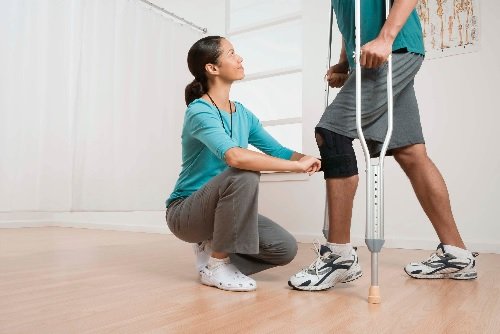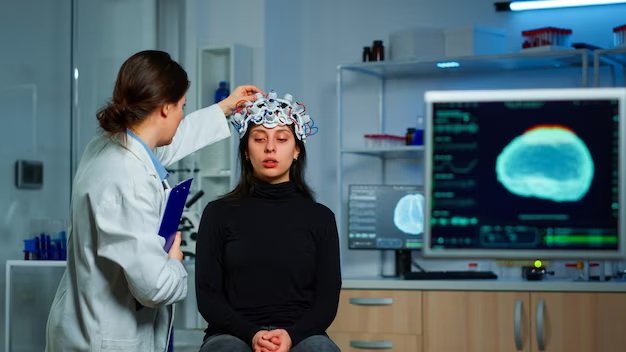Joint replacement surgery, such as hip or knee replacement, is a common procedure that helps individuals regain mobility and alleviate pain caused by arthritis or injury. However, the success of the surgery heavily depends on the recovery process that follows. Physical therapy plays a crucial role in rehabilitation after joint replacement surgery, ensuring that patients regain strength, mobility, and functionality. This blog post will explore the importance of physical therapy in post-surgery recovery, focusing on exercises to restore mobility and strength, as well as strategies to prevent complications and promote a smooth recovery.
Exercises to Restore Mobility and Strength Post-Surgery
After joint replacement surgery, one of the primary goals of physical therapy is to restore mobility and strengthen the muscles surrounding the new joint. Physical therapists design individualized exercise programs that cater to the specific needs and abilities of each patient, helping them to regain their range of motion, improve flexibility, and build muscle strength.
These exercise programs typically start with gentle, low-impact activities that help patients get used to their new joint. Over time, the intensity of the exercises is gradually increased to promote strength and endurance. Common exercises may include leg lifts, seated knee extensions, and walking on a treadmill. These activities not only help improve mobility but also enhance the stability of the joint, reducing the risk of falls and other injuries.
Patients recovering from joint replacement surgery can benefit significantly from the expert guidance of Confluent Health physical therapy, where therapists provide tailored exercise programs that support a comprehensive and effective recovery process.
Prevent Complications and Promote a Smooth Recovery
While joint replacement surgery is generally safe, there is always a risk of complications such as infections, blood clots, and joint stiffness. Physical therapy is essential in minimizing these risks and promoting a smooth recovery. Therapists use a variety of techniques to prevent complications, including manual therapy, which helps reduce swelling and improve circulation, and breathing exercises, which are critical for preventing respiratory complications.
Another important aspect of physical therapy is patient education. Therapists teach patients how to perform daily activities safely, such as getting in and out of bed, using stairs, and dressing. This education helps patients avoid movements that could put undue stress on the new joint, reducing the risk of injury and promoting long-term joint health.
Additionally, physical therapists closely monitor the progress of each patient, adjusting the rehabilitation plan as needed to address any emerging issues or setbacks. This proactive approach ensures that any potential complications are identified and managed early, contributing to a more successful recovery.
For those seeking specialized care, physical therapy Vancouver WA offers comprehensive post-surgery rehabilitation programs designed to prevent complications and promote optimal recovery. Similarly, patients in Oregon can benefit from physical therapy Estacada, where expert therapists provide the support needed to achieve a full recovery.
Conclusion
Physical therapy is a vital component of rehabilitation after joint replacement surgery, helping patients restore mobility, regain strength, and prevent complications. By focusing on personalized exercise programs and proactive care, physical therapy ensures that patients can enjoy the full benefits of their new joint, leading to a more active and pain-free life. Whether you are preparing for surgery or already in the recovery phase, investing in physical therapy can make a significant difference in your rehabilitation journey.
Explore the benefits of physical therapy with Confluent Health physical therapy and take the first step towards a successful recovery and a healthier future.
Read more: Joint Replacement Surgery




